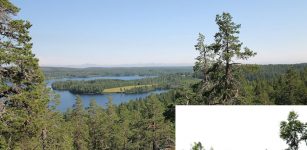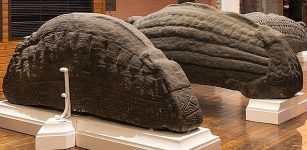Archaeologists Focus On Mochica Culture’s Burial Remains
MessageToEagle.com – The Mochica (The Moche civilization) – one of the most extensively investigated Pre-Colombian cultures of Peru – flourished along the northern coast and valleys of ancient Peru, in particular, in the Chicama and Trujillo Valleys, between 1 CE and 800 CE.
The Moche were perhaps the most accomplished artists and metalworkers of any Andean civilization. They are also known as Early Chimu, Pre-Chimu, or Proto-Chimu, and reigned over much of Northern Peruvian coastline from 100 AD to 800 AD.
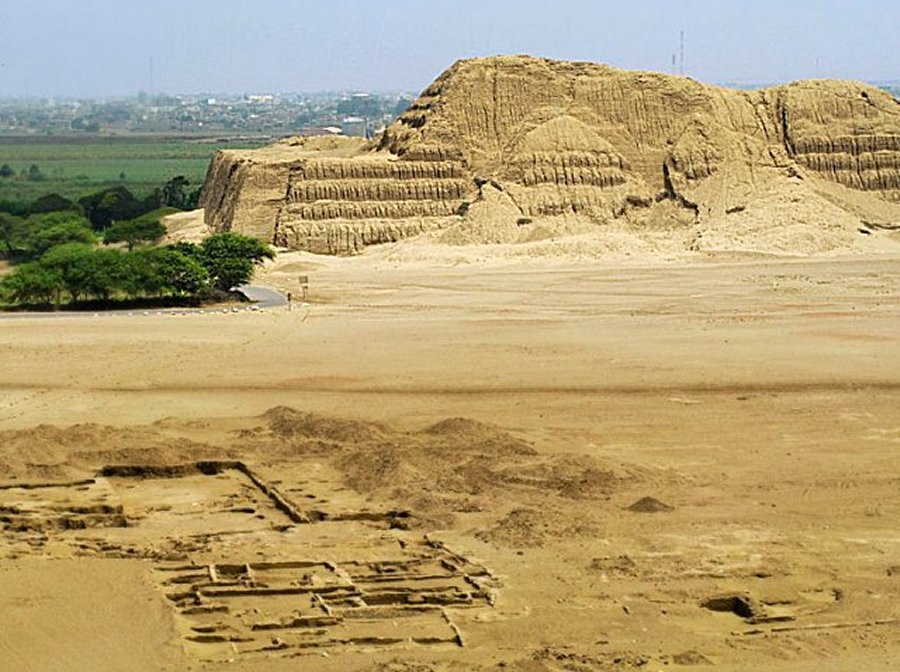
Pampa Grande is located between the Chancay River and the mountains in that region.
The culture was contemporary with the Nazca civilization (200 BCE – 600 CE) further down the coast but, thanks to their conquest of surrounding territories, they were able to accumulate the wealth and power necessary to establish themselves as one of the most unique and important early-Andean cultures.
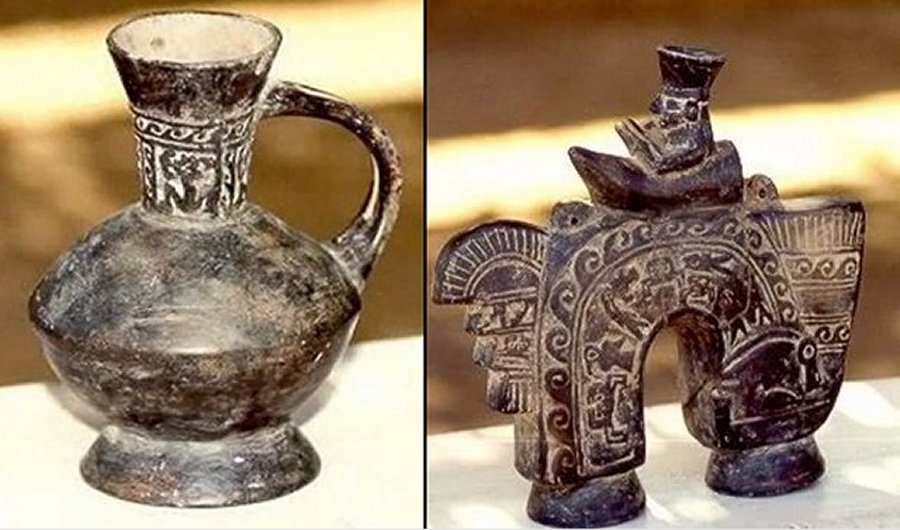
The Moche also expressed themselves in art with such a high degree of aesthetics that their naturalistic and vibrant murals, ceramics, and metalwork are amongst the most highly regarded in the Americas.
The Moche were gifted potters and superb metalworkers, and finds include exquisite gold headdresses and chest plates, gold, silver, and turquoise jewellery (especially ear-spools and nose ornaments), textiles, tumi knives, and copper bowls and drinking vessels.
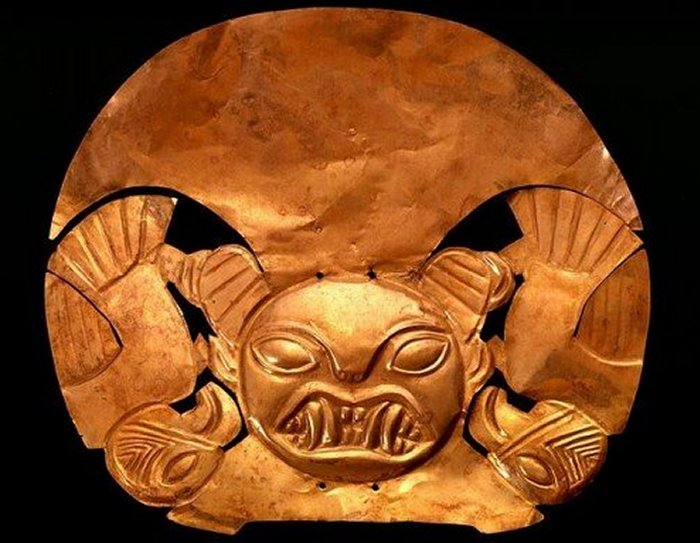
Archaeologists will focus on particularly Mat Indio, El Triunfo, and La Inmaculada Mochica settlements of Lambayeque and search for the culture’s burial remains, according to Peru This Week.
With a geo-referencing system, the team has begun to specify excavation units and coordinates of the unique archaeological sites.

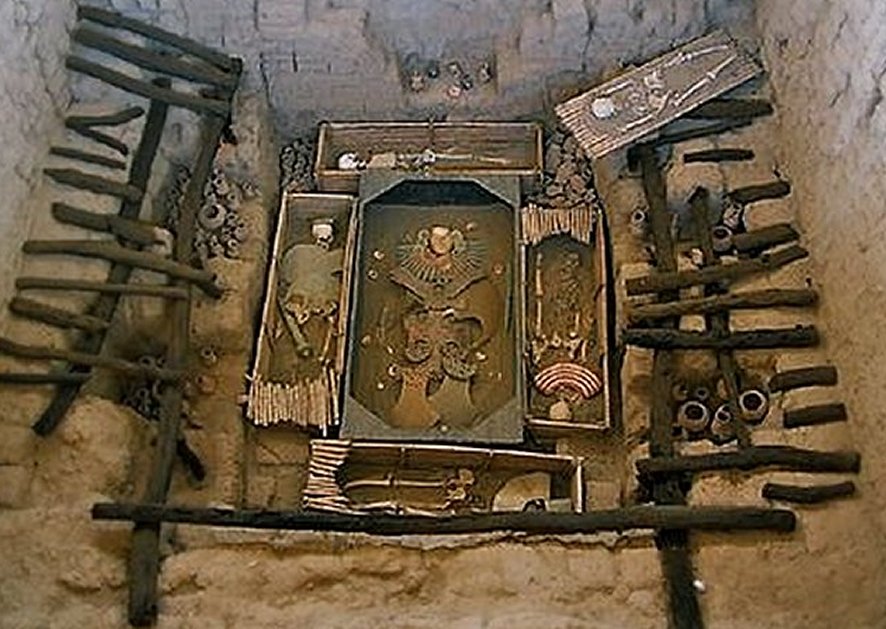
These three sites were clearly at some point occupied by Mochica populations in the Pre-Colombian era and therefore share these common qualities. However, the research teams are looking to define the relations between Sipan and Pampa Grande (the occupation of Pampa Grande ended between 700 and 750 AD).
There are also indications that Pampa Grande existed before the occupation of the Lords of Sipan and thanks to them became a major city that concentrated power elite, in 700 AD.
MessageToEagle.com
Expand for references





